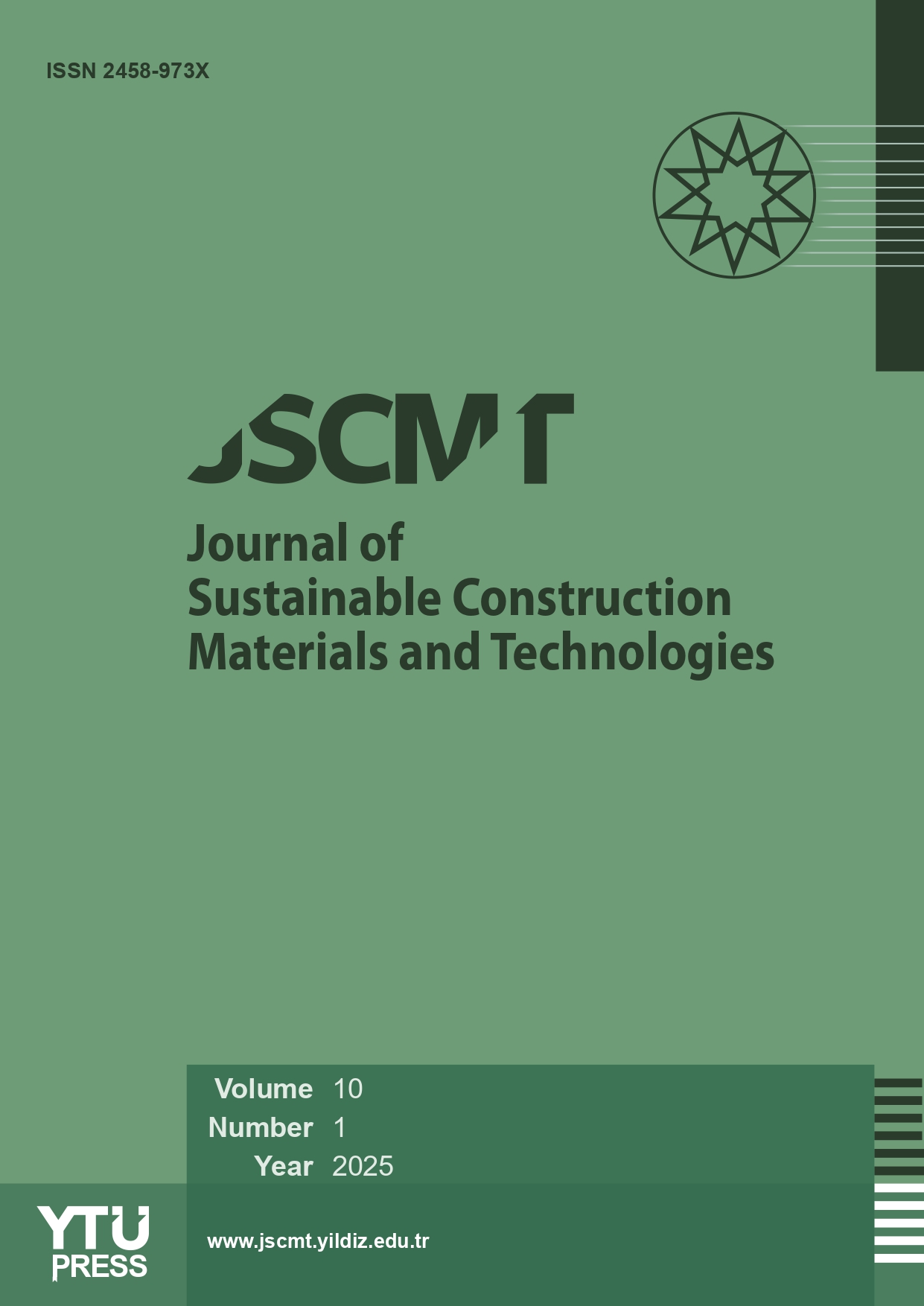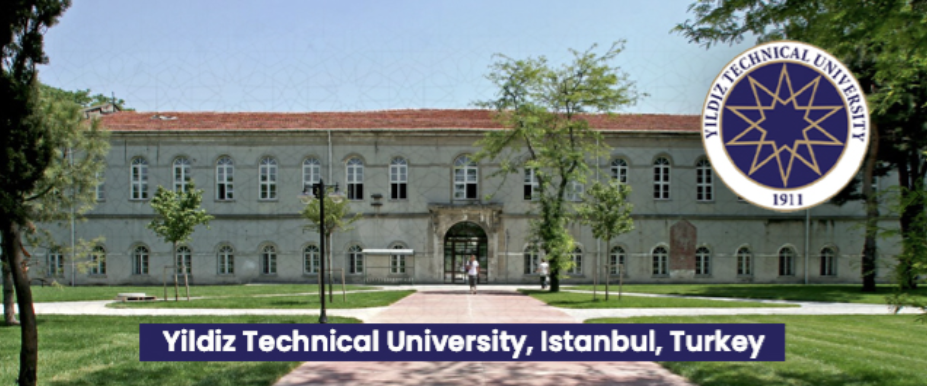2Department of Quantity Surveying, Faculty of Environmental Design & Management, Obafemi Awolowo University, Ile-Ife, Nigeria
Abstract
The innovative solutions offered by integrating 3D printing technology in construction over the conventional practices have established its globally rising adoption in the construction industry. This study assessed the awareness, application, drivers, and barriers to adopting enhanced 3D printing technology for construction to enhance faster and more sustainable construction processes. The study adopted a quantitative descriptive analysis which was based on primary data. The primary data were obtained using structured questionnaires self-administered to construction firms/contractors in Lagos State, Nigeria. Data collected were analyzed using descriptive and inferential statistics. The study established that the awareness and application levels of the technology are still deficient, as the vast majority (80.8%) of the firms who had an awareness of the technology in the study area acquired it through personal research and professional dialogue, rather than through the practical application of the technology. This finding showed that 3DP technology is a new construction option in the study area. The findings showed statistically significant differences among the drivers (0.039≤ p ≤0.017) for the adoption of 3D printing technology, which is influenced by the client’s demand and desire. The study further established that inadequate power source is a significant limiting factor to adopting 3D printing in the study area. Implications are indicated by the findings on the technology drivers and barriers that could help the construction industry in developing countries towards capability improvement for better adoption of 3D printing innovation and enhanced sustainable construction process.
















